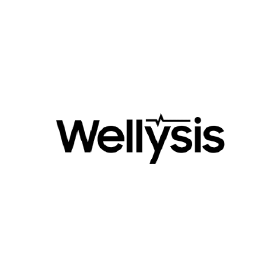Saving Lives: Philips Quick Shock Technology

Saving Lives: Philips Quick Shock Technology
Every second counts during cardiac emergencies. Prompt defibrillation after sudden cardiac arrest (SCA) can determine survival. Philips, a global healthcare leader, developed Quick Shock—a breakthrough feature that significantly shortens the time to deliver a lifesaving shock after CPR.
What Is Philips Quick Shock Technology?
Available only on Philips HeartStart AEDs—such as the FRx and HS1—Quick Shock delivers therapy in under 10 seconds after CPR ends. Some models respond in as little as 8 seconds, outpacing competitors that take longer to analyze and charge.
How Quick Shock Maximizes CPR Effectiveness
Cardiopulmonary resuscitation (CPR) manually sustains life during cardiac arrest by maintaining oxygen and circulation. Interruptions longer than 15 seconds before shock delivery lower survival rates and may worsen post-resuscitation outcomes.
Quick Shock minimizes the gap between CPR and defibrillation. HeartStart AEDs instantly analyze rhythms and prepare for therapy once compressions stop—reducing delays and improving the odds of restoring a normal heartbeat (return of spontaneous circulation).
Clinical Evidence Supporting Quick Shock
Studies published in Circulation validate Quick Shock’s effectiveness:
- Dr. Yu et al. linked longer pauses before shocks with poorer CPR outcomes and increased cardiac dysfunction.
- Dr. Eftestol’s research emphasized minimizing the delay between chest compressions and shock to enhance survival.
Philips’ design reflects these findings by emphasizing speed after CPR.
Quick Shock in Philips AED Devices
Quick Shock is integrated into several HeartStart models, including the FRx and OnSite, ensuring rapid response. Key features include:
- SMART Biphasic Technology adapts shock energy to patient impedance for effectiveness and safety.
- SMART Analysis ensures shocks are only advised when medically necessary.
- Voice prompts and CPR coaching guide responders through each step.
Why Quick Shock Is Crucial
Each minute without defibrillation cuts survival odds by 7–10%. Quick Shock shortens this window, increasing survival chances by minimizing time between CPR and shock.
Especially valuable in public spaces and workplaces, Quick Shock enables non-professionals to respond effectively, bridging gaps in emergency care.
Philips’ Innovation Commitment
Philips invests in medical technology that drives better outcomes. Quick Shock reflects this mission—blending science-based features with intuitive design.
Beyond AEDs, Philips delivers innovations across healthcare and consumer sectors, from lighting and grooming to diagnostic imaging.
References and Further Reading
Quick Shock technology helps Philips save lives by slashing shock delivery times and enhancing CPR results. For schools, workplaces, and communities needing dependable cardiac response, HeartStart AEDs are a leading solution.
⚕️ Important Disclaimer
This article is intended for informational and educational use only. It is not medical advice. Always consult qualified healthcare professionals regarding health concerns. Do not alter treatments without medical supervision.
If you experience a medical emergency, call local emergency services or visit the nearest hospital. Neither this website nor its authors assume responsibility for complications arising from use of this information. Decisions regarding health are the reader’s responsibility.
Read Also
